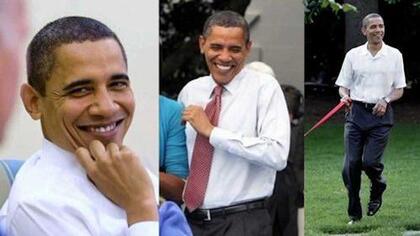
Thursday, October 1st, 2015
201 Comments
|
LMPD officer who won $450,000 settlement in whistleblower lawsuit again sues the department |
RE: LMPD officer who won $450,000 settlement in whistleblower...

Because this guy is in charge
RE: LMPD officer who won $450,000 settlement in whistleblower...
There are over one million juvenile gang members in the U.S., more than three times the number estimated by law enforcement, according to a recent study.
"Gang membership between ages 5 and 17 years in the United States," which was published in the Journal of Adolescent Health, challenges many popular demographic stereotypes about gangs.
The study found that an average of 2 percent of youth in the U.S. are gang members, with involvement highest at age 14, when about 5 percent of youth are in gangs. Youth in gangs also come from all types of backgrounds.
"The public has been led to believe that gang members are black and Latino males and that once someone joins a gang they cannot leave a gang, both of which are patently false," said David Pyrooz, assistant professor of Criminal Justice at Sam Houston State University.
Pyrooz, along with his coauthor Gary Sweeten, associate professor of Criminology and Criminal Justice at Arizona State University, said that these stereotypes are portrayed by Hollywood and law enforcement.
The study also found that gangs have high turnover rates of 36 percent, with about 400,000 youth joining gangs and another 400,000 youth leaving gangs every year. This means that gangs have to constantly recruit new talent to their groups, not unlike service-industry or other occupations where employees frequently quit after a short period.
"Being a gang member is not all that it is cracked up to be, which is something kids realize once they get involved and find out that the money, cars, girls, and protection is more myth than reality," said Pyrooz.
Law enforcement severely undercounts juvenile gang members, with national estimates at 300,000, less than one-third of what was found in the study. The reason, Pyrooz said, is because "law enforcement uses a top-down strategy, recording older and more criminally-involved youth as gang members, which ignores younger and more peripherally gang-involved youth, all of whom are captured in the bottom-up strategy we use in this study."
The study can be found at http://dx.doi.org/10.1016/j.jadohealth.2014.11.018
-
I agree. The guys that actually deal wit...
9 years ago
-
All you have to do is take a drive throu...
9 years ago
-
As seen in headquarters and city hall Fa...
9 years ago
- The response would be "what does that ha... 9 years ago
- Blocked by Admin 8 years ago
-
As seen in headquarters and city hall Fa...
9 years ago
-
All you have to do is take a drive throu...
9 years ago






